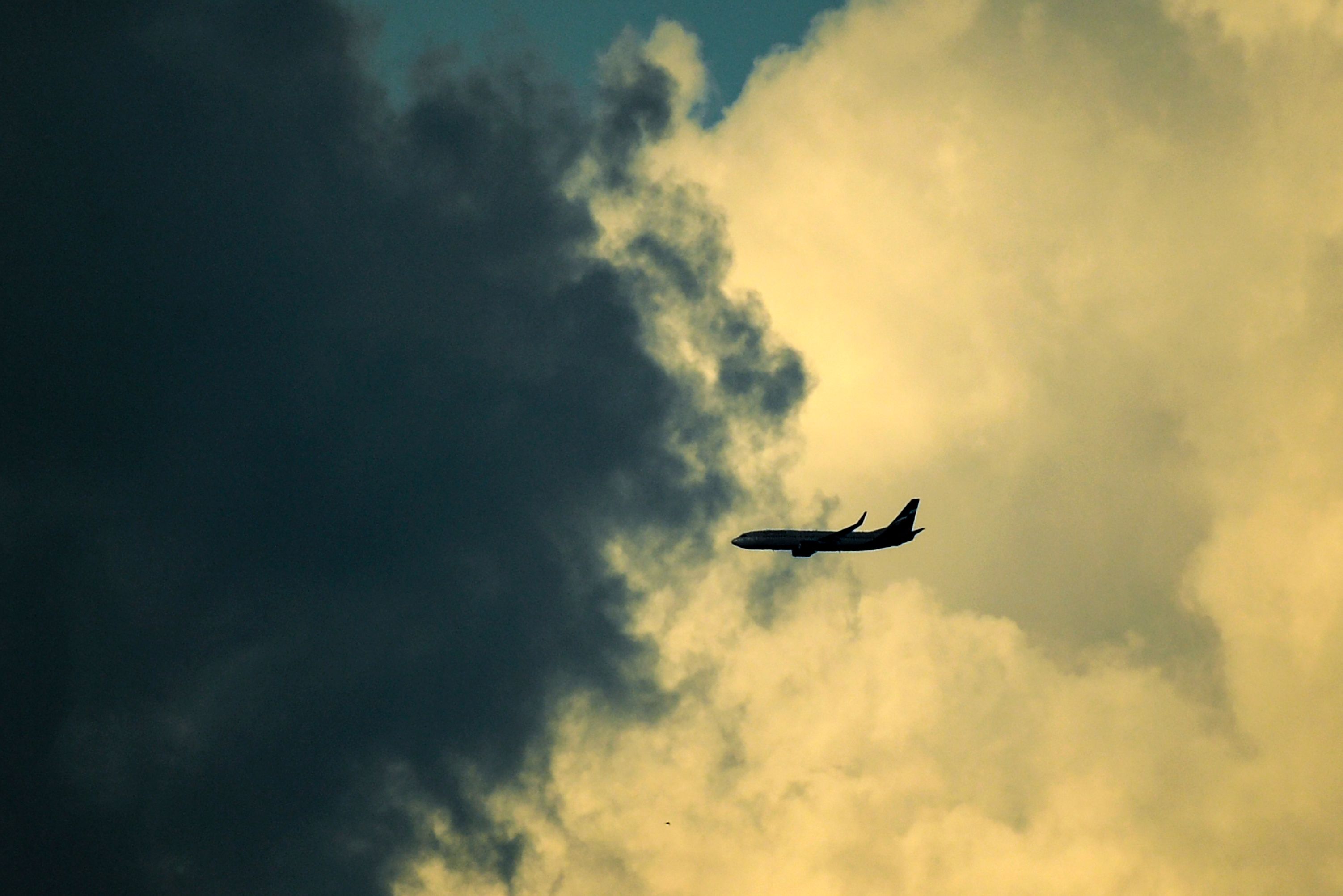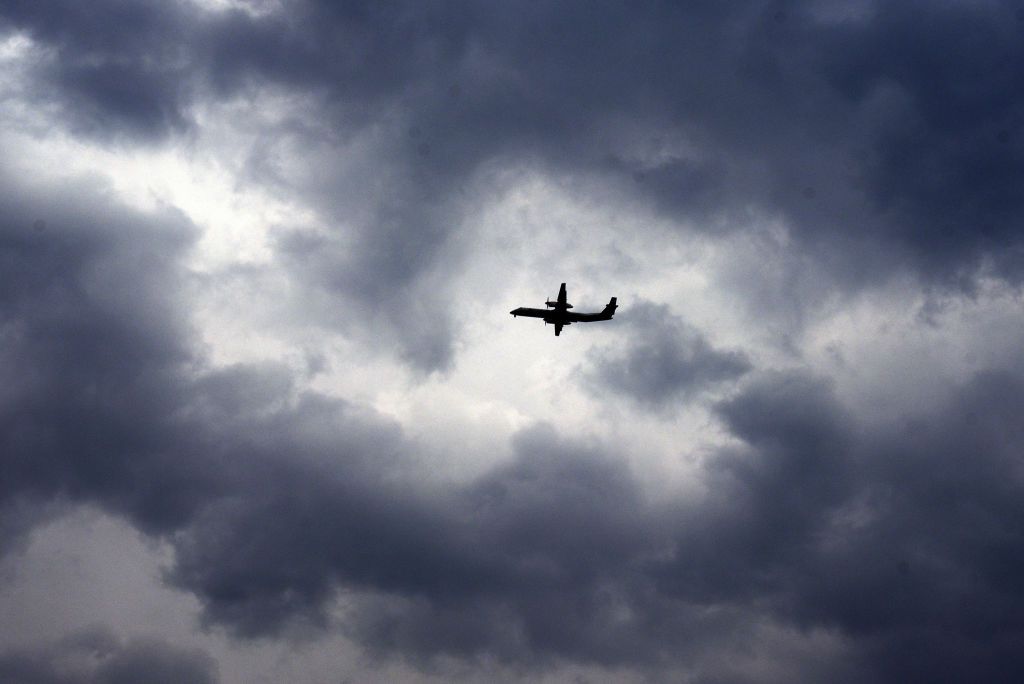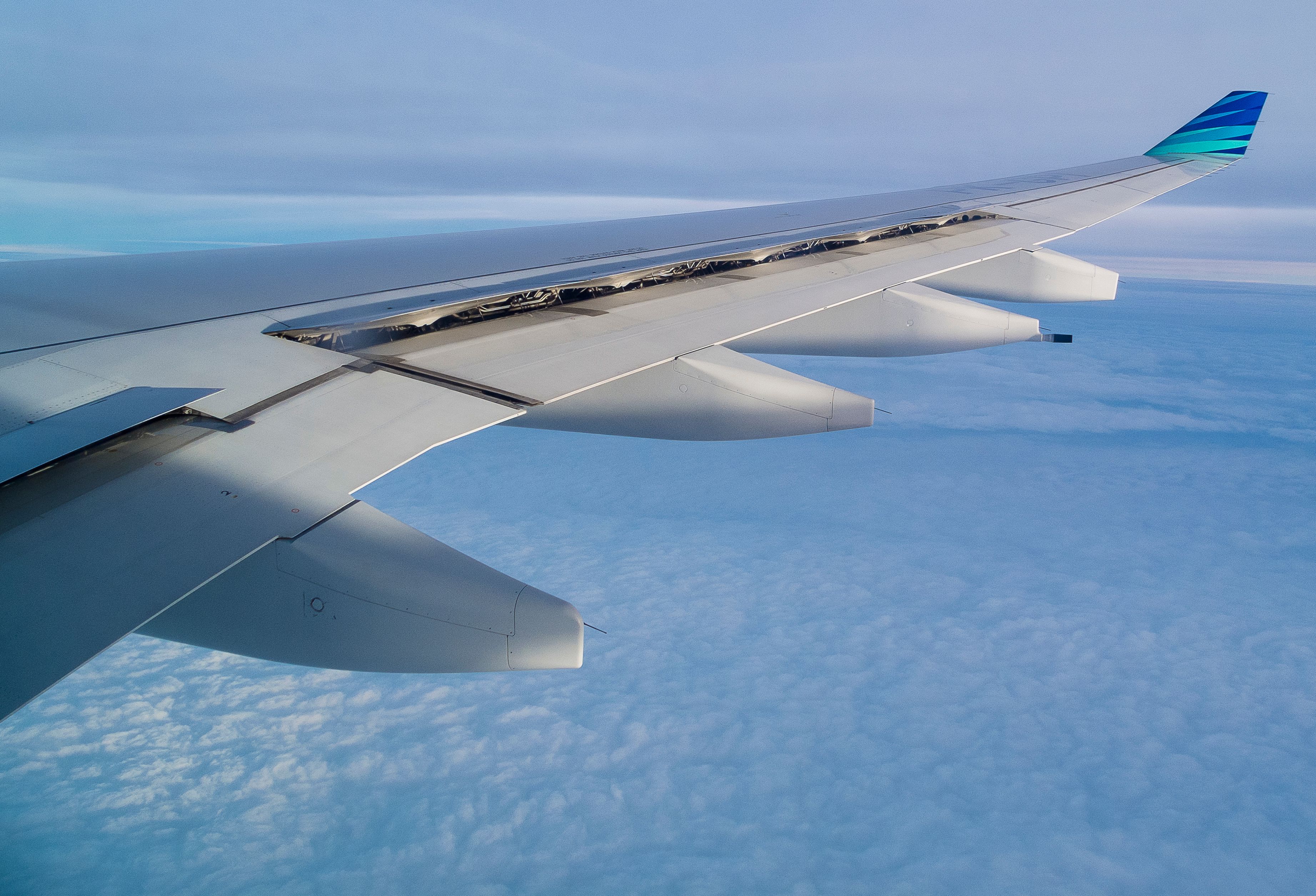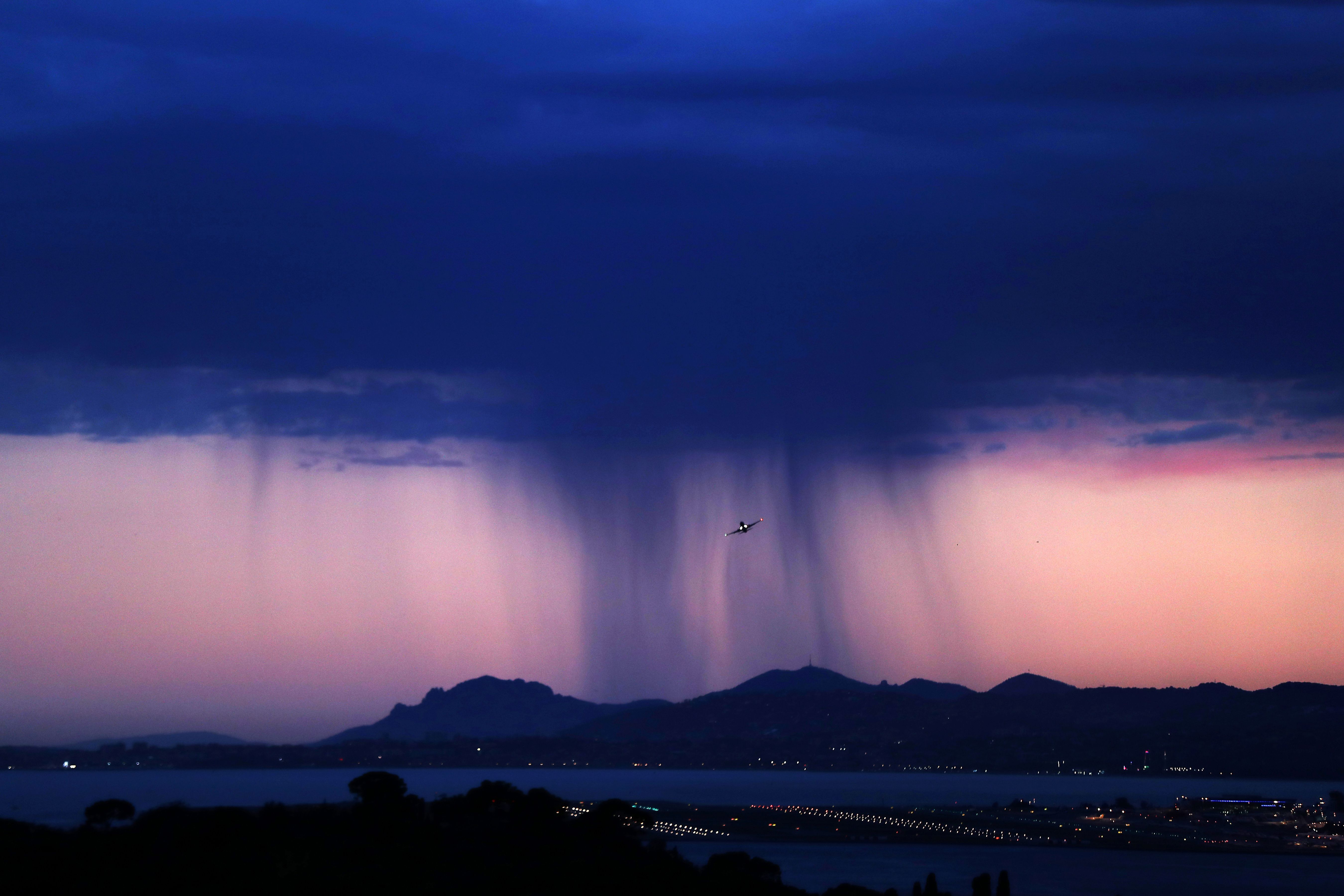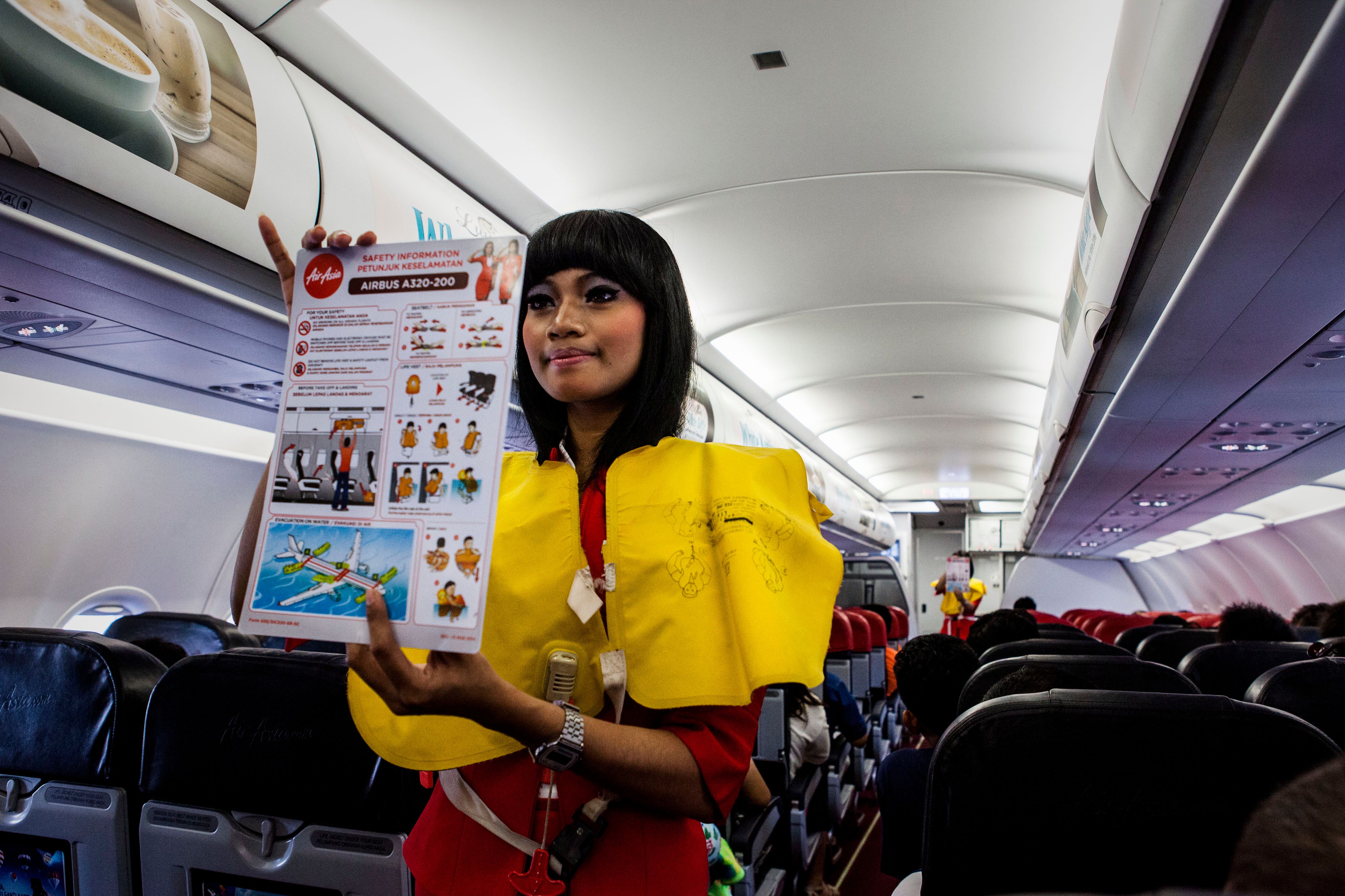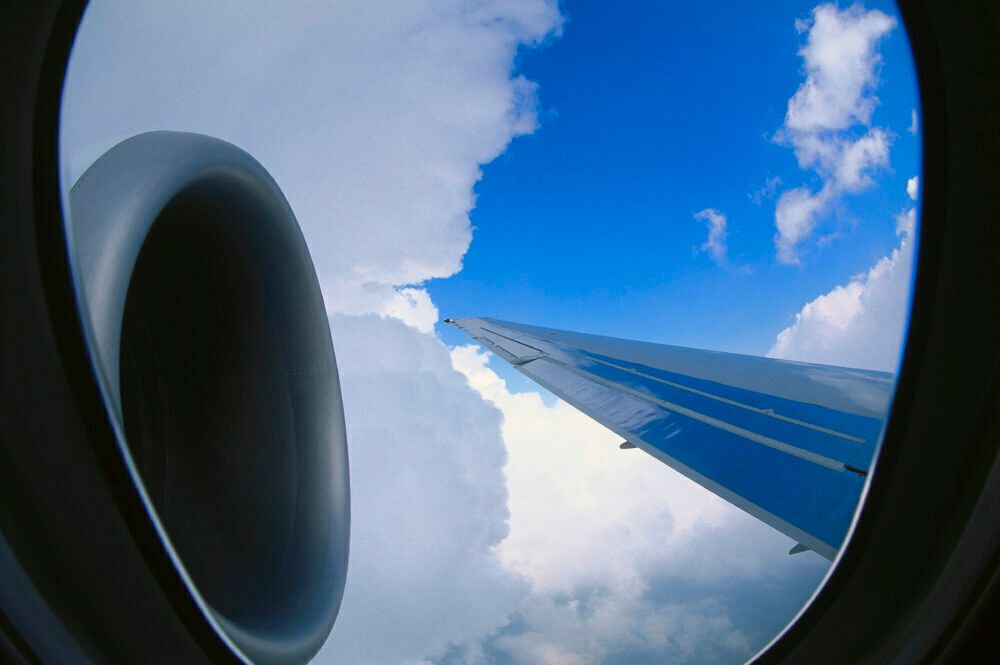Very few people look forward to a bumpy flight. For some, it is such a big concern that it may keep them from getting on a plane altogether. While turbulence is by no means a comfortable or enjoyable experience, modern jetliners are built to withstand tremendous strain. As long as you buckle up, there is usually nothing to fear but fear itself.
Upon hearing the word, 'turbulence' people can have a whole range of reactions. Just as while flying, some people may white-knuckled grip the armrest at the smallest tremor of the plane, while others sleep or eat their way through seat-belt-sign-lit kind of bumpy rides.
Some first-time fliers may even enjoy the novelty of the occasional dip and the tickling sensation in the belly given a moment of weightlessness - granted that they do not belong to the armrest-gripping category of travelers. Beyond that, few would say that turbulence is something particularly pleasant. But is it ever actually dangerous?
Why does turbulence happen?
To answer that, let's first take a look at what it occurs in, namely air. It may seem as if we are gliding through nothing at all up at 35,000 feet. We also tend not to give any greater consideration to what we are actually surrounded by as we walk, sit at our desks, or fiddle about in the garden. However, air as a substance is far from empty space.
It is a gaseous substance, albeit invisible to the naked eye. The air in Earth's atmosphere is made up of about 78% nitrogen and 21% oxygen, along with lesser amounts of other gasses such as carbon dioxide and hydrogen. While the air does get thinner, the higher planes fly, as the approximate boundary where the atmosphere ends and space begins is at about 328,000 feet, air as a substance is still very much prevalent outside our window seat.
As a gas, air is subject to change, caused by weather - the mix of events that happen every day in the atmosphere. The sun's uneven heating of the earth causes air currents to move in different ways and at different times of the year. They move up and down and in ripples, changing speed, intensity, and direction. When an airplane passes through these changes, things can get bumpy.
The four main causal factors and CAT
Four main factors specifically cause turbulence. Windshear happens when two neighboring areas of air move in different directions. This type of turbulence hits the plane when entering or exiting a jet stream, crossing over temperature differences, when it is close to a storm front, or hitting the hot air residue from another plane.
Frontal turbulence is caused by lifting warm air as it hits a cold front and is most common in winter. Mechanical turbulence is dictated by varying surfaces on the ground, causing the wind to pool and form vertical eddies. Thermal turbulence mostly affects planes when they are closer to the ground, such as during take-off or coming in for landing, as hot air updrafts from Earth's surface form pillars.
What is known as clear-air turbulence (CAT) can be caused by any of these factors that make the wind form bends through its flow, causing it to move at different speeds at the 'inner' and 'outer' parts of the wave. It can hit without warning and be quite severe and is the main reason why you are asked to keep your seatbelt on while seated.
Categories of severity
There are different categories for the severity of turbulence. Light chop is defined as rapid and somewhat consistent bumpiness. No altitude change is experienced as a result. During light turbulence, there are momentary changes to altitude and attitude. However, passengers can still walk more or less comfortably around the cabin.
Moderate chop is, as the name would imply, a slightly more intense version of the continuous, rhythmic bumps characterizing a light chop. Moderate turbulence means bigger bumps and changes, and passengers could lose their balance if they move about. However, the aircraft remains under control at all times.
During severe turbulence, which is characterized by large, abrupt changes in altitude or attitude. Passengers can be thrown against their seat belts or are not wearing them, injured as they are tossed upwards or forwards. The aircraft will momentarily be out of the pilots' control.
If the aircraft were to encounter extreme turbulence, it would be tossed about and almost impossible to control. The force of it could cause some structural damage, and smaller, general aviation planes could even break apart.
Incredibly rare and short occurrences
While you may be reading the latter two categories and think, 'well, that doesn't sound very pleasant at all,' you may be relieved to hear that according to TIME magazine, pilots encounter about five minutes of severe turbulence during 10,000 hours of flight. Modern radar systems, weather prediction equipment, and cockpit crew training make it a very rare thing to run into.
However, occasionally, there are instances of severe clear-air turbulence. According to the US Federal Aviation Administration (FAA), in-flight turbulence is the leading cause of injuries to passengers in non-fatal aviation accidents. More often than passengers, who are hopefully strapped in their seats, the flight attendants making sure that they are can get injured.
Stay informed: Sign up for our daily and weekly aviation news digests.
Crew at more risk of injury
The severity of injuries ranges from broken ankles to head trauma from being thrown against the overhead bins. When turbulence strikes suddenly, those passengers not responding to the request to keep their seatbelts fastened at all times, or who happen to be queuing up to use the lavatories, are also at risk. Notable examples of this are when 11 people were injured on an Emirates flight between Dubai and Singapore in October 2019, and 27 on an Aeroflot flight from Moscow to Bangkok in May 2017 when passengers were thrown into the aisles. But as you can see, if you look through Simple Flying coverage, these are very, very rare occurrences.
For a modern jetliner, the dangers presented by turbulence are minuscule when it comes to the aircraft itself. Wings, for instance, are designed to withstand 1.5 times as much load as they would usually experience during a flight.
Planes are constructed to incredible standards of stress and strain resilience. Flying is what they do best after all, and what they were built for. Pilots also report occurrences of turbulence, which allows other aircraft to steer clear.
Should you be one of the travelers who tenses up at the mere thought of turbulence, you could consider choosing your aircraft and seat wisely. You could also find some deep breathing exercises and download them to your phone, to help get you through the worst of the bumps.
Overcoming the challenges
While turbulence occurrences are set to increase in the coming years, several airlines are putting work in to deliver a smoother experiences. For example, Delta Air Lines has shared that its services are witnessing less turbulence. The Atlanta-based operator released a Flight Weather Viewer app. The feature gives its crew a better understanding of the circumstances they encounter around the world. Overall, this solution assists pilots to make better decisions during their flights.
Altogether, turbulence Is a natural occurrence in the skies. Nonetheless, the circumstances can largely be managed with good preparation.
What is the worst instance of turbulence you have encountered? Tell us about your experience in the comment section.

